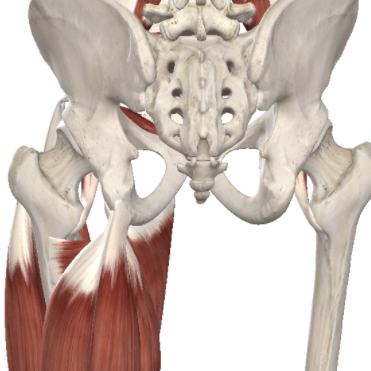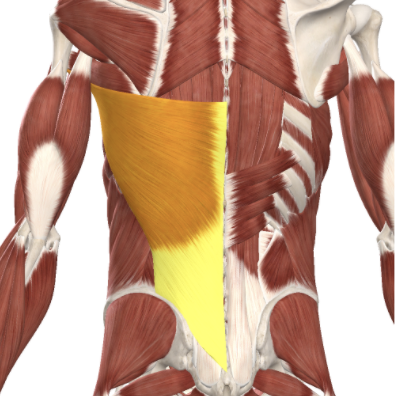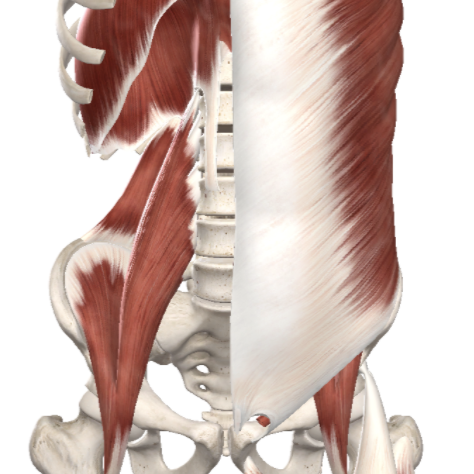You’ve heard it mentioned a million times in class. “Engage your core!”, “Using your core…”, “Engage Uddiyana Bandha..”. But rarely ever is it actually explained and if it is, most of the time it’s “pull your belly in”. Here I breakdown what your core consists of. It’s more complicated than you think.
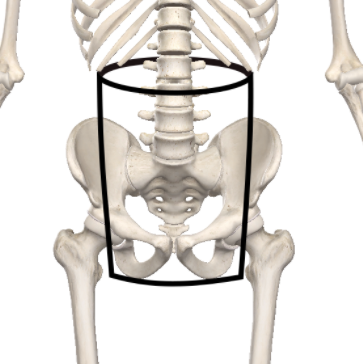
Rethinking the Core
- It’s not just the six pack!
- It’s a cylinder around the spine.
- Diaphragm, Walls, Pelvic Floor
- Cylinder is extremely stable as long as the entire structure is strong.
Diaphragm
- Attaches to ribs and spine
- Contracts for inhalation.
- Relaxes for exhalation
- Imagine an umbrella
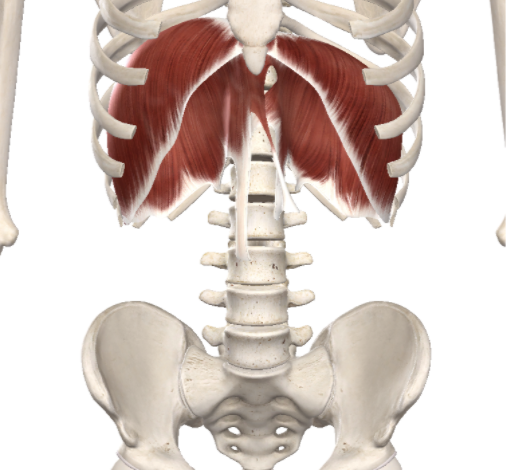
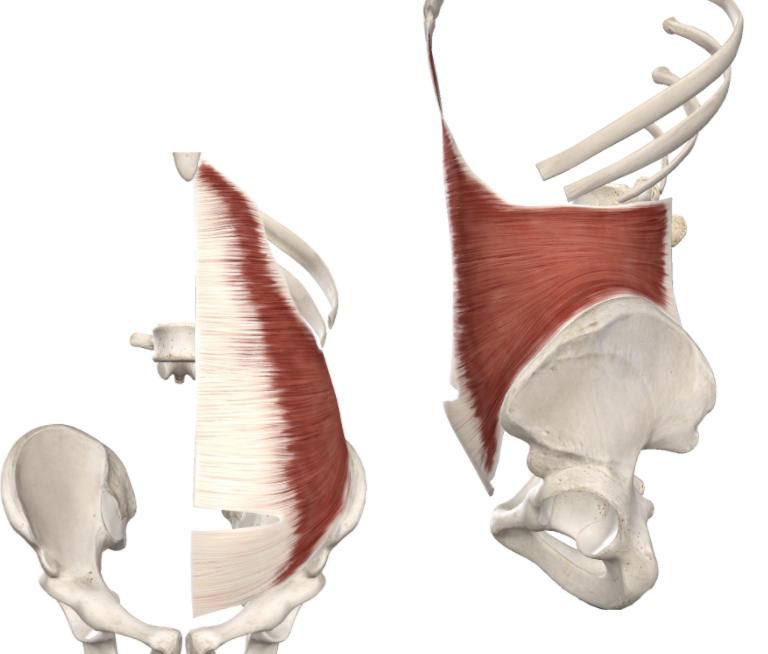
Transverse Abdominis
- Deepest Layer
- Circular Muscle Fibers
- Acts like a corset
- Stabilizes the spine
Internal Obliques
- Diagonal fibers that run from front of body to illium (elephant ear of pelvis)
- Helps twists, side bends & Flexion
- Stabilizes
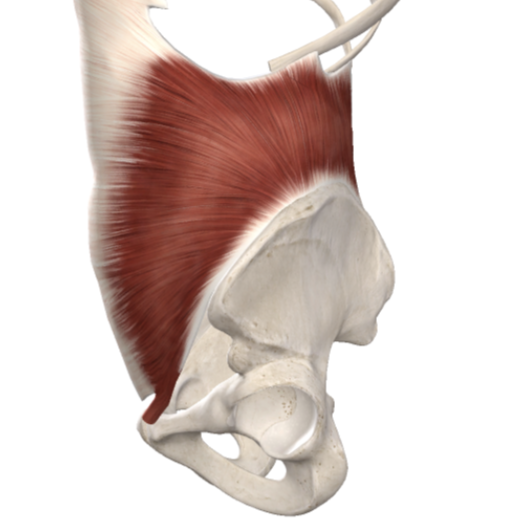
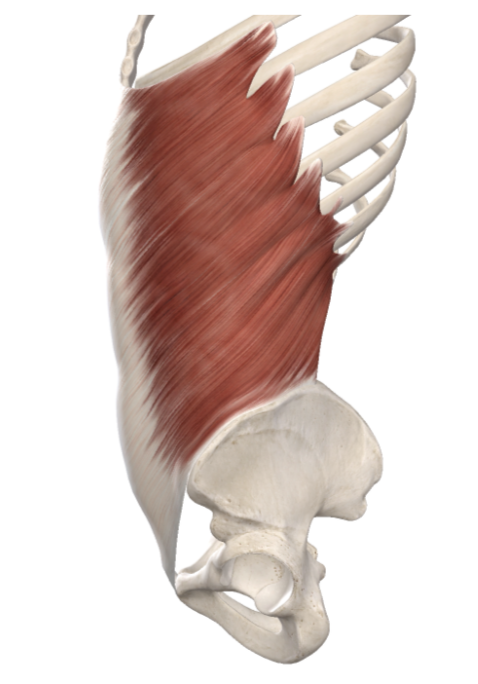
External Obliques
- Fibers run diagonally, opposite direction of the internal obliques creating an “X” pattern for maximal stability
- Helps maintain tone of abdominals
- Can assist with twists
Rectus Abdominis
- Your “six pack”
- Attaches pubic bone to sternum
- Stabilizes the front of spine
- Flexes the spine (think folding forward)
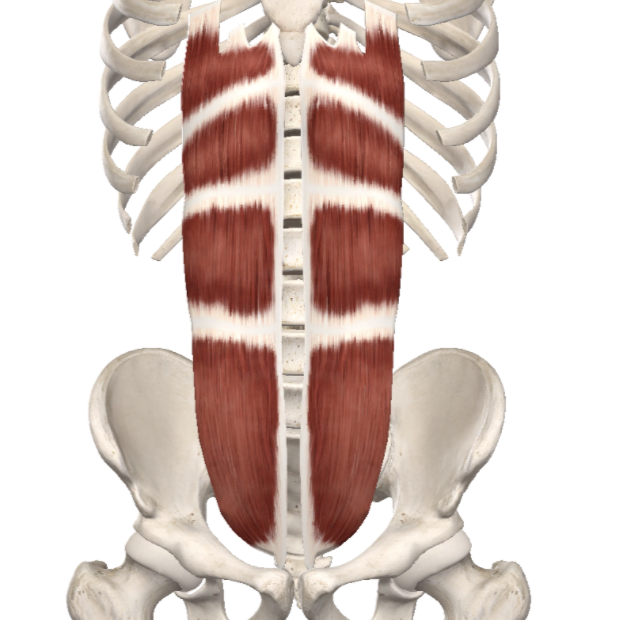
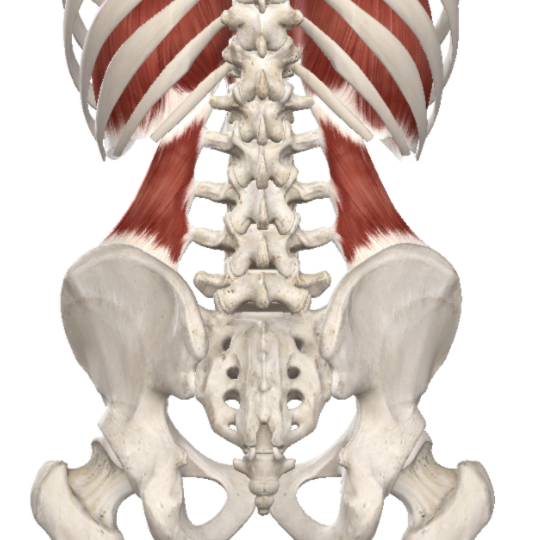
Quadratus Lumborum (QL)
- Backside of core. Connects to ribs, pelvis & lumbar vertebrae
- Laterally flexes. Brings hip to ribs/spine and ribs/spine to hip.
- Stabilizes the front of spine
- Flexes the spine (think folding forward)
Iliopsoas (psoas)
- 2 muscles join together
- Commonly known as Psoas
- Creates low back curve
- Deepest core muscle
- Acts as a hip flexor over 90°
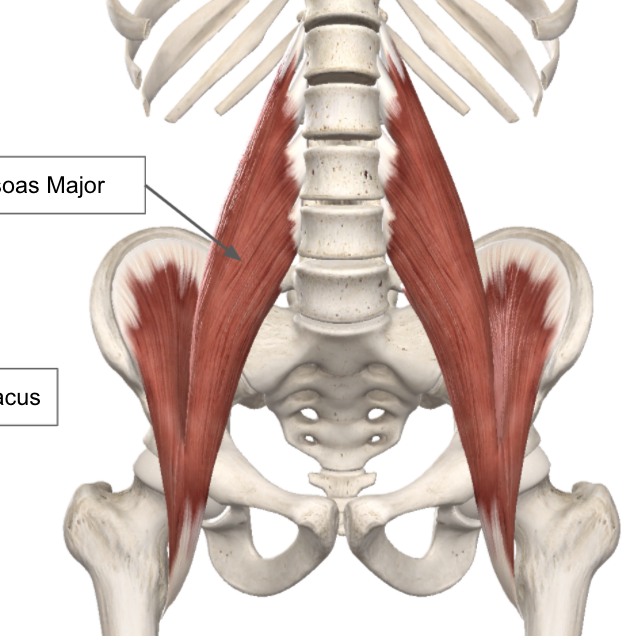
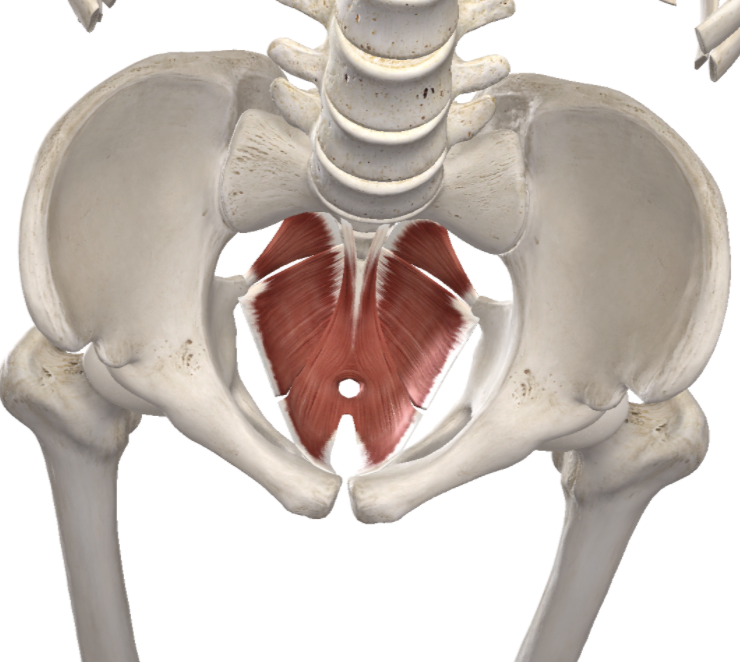
Pelvic Floor
- Maintains abdominal pressure and keeps organs in
- Bottom of the core
- Attaches from pubic bone to sitting bones
Other Things to Consider
- Hip and back muscles cross into core, so should they be considered part of the core? I say yes!
- Should we retool how we train our core? Yes, less focus on “six pack” and more focus on equanimity for the front, back, side and rotational aspects.
- Remember, a cylinder is only as strong as the entire structure.
